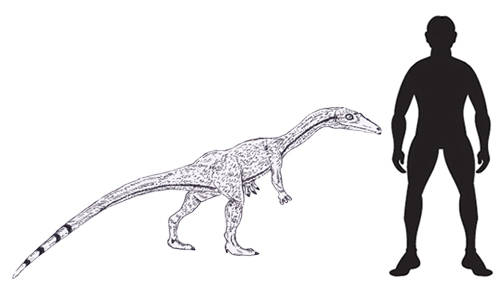Edward Drinker Cope – Eminent American Palaeontologist
Today, April 12th marks the anniversary of the death of Edward Drinker Cope, who along with his rival Charles Othniel Marsh did so much to explore and study vertebrate fossils of the United States. Although the techniques employed by both parties in the “bone wars” of the late 19th century would certainly raise eyebrows today, there is no denying Cope’s dedication to the science of palaeontology.
As professor of comparative zoology and botany at Haverford College, Pennsylvania (USA), Cope led a number of expeditions to explore the fossil rich strata of the western United States. It has been estimated that he and his team, discovered more than 1,000 species of extinct vertebrates – including dinosaurs. Responsible for naming and describing iconic dinosaurs such as the sauropod Camarasaurus and the Triassic theropod Coelophysis, Cope has been honoured by having a dinosaur genus named after him. Drinker nisti, a small ornithopod dinosaur whose fossils have been found in Wyoming (USA) was a 2 metre long, herbivorous dinosaur of the Late Jurassic However, it seems that even naming dinosaurs after Cope brings him into direct conflict with his great rival Othniel Charles Marsh. Drinker is known from a number of fragmentary remains and the partial skeletons of one adult and a juvenile. It is very closely related to Othnielia (Othnielia rex), named in honour of Marsh. In fact the differences between these two dinosaurs are so slight that it has been argued that Drinker is not a separate genus, but in fact a species of Othnielia.
A Scale Drawing of Coelophysis

A scale drawing of the Triassic dinosaur Coelophysis. Remembering Edward Drinker Cope. Picture credit: Everything Dinosaur.
Picture credit: Everything Dinosaur
For models of Coelophysis (whilst stocks last) take a look here: Wild Safari Prehistoric World Replicas.
Looks like the rivalry between Marsh and Cope will rumble on. However, Cope’s contribution to science cannot be doubted. He published more than 1,200 books and papers during his lifetime and contributed greatly to the understanding of vertebrate evolution.






Leave A Comment